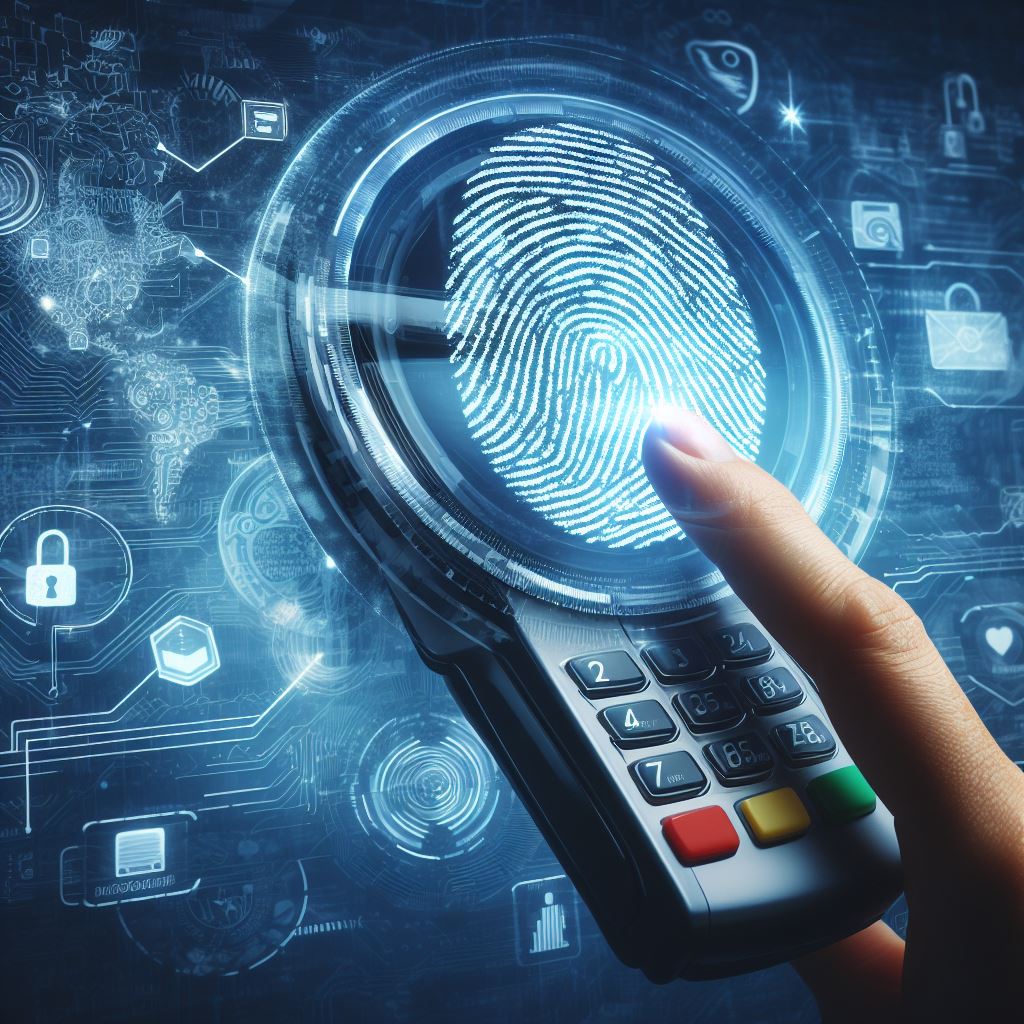Biometric Payments: The Future of Secure Transactions
In today’s rapidly advancing digital world, ensuring secure and convenient payment methods has become increasingly crucial. Traditional methods of payment, such as credit cards and cash, are being revolutionized by the emergence of biometric payments. Biometric payments utilize unique biological characteristics, such as fingerprints, iris scans, and facial recognition, to authenticate transactions, providing an extra layer of security. This article delves into the realm of biometric payments, exploring their benefits, challenges, and their potential to shape the future of secure transactions.
Table of Contents
- Introduction
- Understanding Biometric Payments
- Advantages of Biometric Payments
- Security and Authentication
- Convenience and User Experience
- Biometric Payment Technologies
- Implementing Biometric Payment Systems
- Challenges and Concerns
- Privacy and Data Protection
- Integration and Infrastructure
- Adoption and Consumer Acceptance
- The Future of Biometric Payments
- Conclusion
- FAQs
1. Introduction
In the era of digitization, where the world is becoming increasingly interconnected, traditional payment methods are gradually making way for innovative solutions. Biometric payments offer a promising alternative to conventional payment systems by leveraging unique physical characteristics to authenticate transactions securely and conveniently.
2. Understanding Biometric Payments
Biometric payments harness the power of biometric technology to verify the identity of users during transactions. Biometric data, such as fingerprints, palm prints, voice patterns, or facial features, are captured and stored securely in a database. When making a payment, the user’s biometric data is matched with the stored data, ensuring a seamless and secure transaction process.
3. Advantages of Biometric Payments
H2: Enhanced Security and Authentication
Biometric payments provide an enhanced level of security compared to traditional methods. Unlike passwords or PINs, which can be stolen or forgotten, biometric traits are unique to each individual. This uniqueness makes it incredibly challenging for fraudsters to replicate or manipulate biometric data, ensuring a higher level of protection against identity theft and fraudulent activities.

H2: Convenience and User Experience
Biometric payments offer unparalleled convenience to users. Instead of carrying multiple cards or remembering various PINs, users can simply authenticate transactions using their own biometric features. This streamlines the payment process, reducing the risk of errors and enhancing the overall user experience.
4. Security and Authentication
Biometric payments rely on robust security measures to protect user data and ensure secure transactions. The biometric data captured during enrollment is securely stored and encrypted to prevent unauthorized access. Additionally, advanced encryption algorithms and secure communication protocols are implemented to safeguard the transmission of biometric information during the authentication process.
5. Convenience and User Experience
The adoption of biometric payments introduces a new level of convenience for consumers. With just a simple touch, scan, or glance, users can swiftly authorize transactions, eliminating the need for physical cards or cash. The speed and ease of biometric payments enhance the overall user experience, making it a desirable payment option for individuals on the go.
6. Biometric Payment Technologies
Several biometric technologies are employed in payment systems, including:
- Fingerprint recognition: Utilizes unique patterns present in an individual’s fingerprints.
- Facial recognition: Analyzes facial features to authenticate users.
- Iris scanning: Captures intricate patterns within the iris to verify identity.
- Voice recognition: Analyzes voice patterns to ensure secure transactions.
- Palm vein recognition: Maps the veins in the palm for authentication.
7. Implementing Biometric Payment Systems
The successful implementation of biometric payment systems involves collaboration among financial institutions, payment processors, and technology providers. The integration of biometric technologies requires robust infrastructure, including specialized hardware and software solutions. Furthermore, seamless interoperability between different payment networks and systems is crucial for widespread adoption.
8. Challenges and Concerns
While biometric payments offer numerous benefits, they also present challenges and concerns that need to be addressed for widespread acceptance.
H2: Privacy and Data Protection
One of the primary concerns surrounding biometric payments is the privacy and protection of user data. Organizations must prioritize stringent data protection measures to safeguard biometric information from unauthorized access or misuse. Robust encryption and anonymization techniques should be implemented to ensure the privacy and security of user biometric data.
H2: Integration and Infrastructure
The successful integration of biometric payment systems requires compatible infrastructure and technologies across various sectors. Organizations must invest in upgrading their existing systems to support biometric authentication and ensure seamless interoperability between different platforms.
H2: Adoption and Consumer Acceptance
The adoption of biometric payments heavily relies on consumer acceptance and trust. Educating users about the security features and benefits of biometric payments, addressing concerns regarding data privacy, and offering seamless and intuitive user experiences are crucial steps toward increasing consumer acceptance.
9. Privacy and Data Protection
To address privacy concerns, strict regulations and standards should be established to govern the collection, storage, and usage of biometric data. Compliance with these regulations ensures transparency and accountability, fostering trust among consumers and protecting their privacy rights.
10. Integration and Infrastructure
The successful integration of biometric payment systems requires collaboration between financial institutions, technology providers, and regulatory bodies. Investment in robust infrastructure and interoperable technologies paves the way for seamless adoption and widespread use of biometric payments.
11. Adoption and Consumer Acceptance
The widespread adoption of biometric payments depends on building trust and confidence among consumers. Educating users about the benefits and security features of biometric payments, ensuring transparent communication regarding data protection measures, and offering user-friendly experiences can increase consumer acceptance and drive the growth of biometric payment solutions.
12. The Future of Biometric Payments
As technology continues to advance, biometric payments are likely to become more prevalent in various sectors. The integration of biometric authentication with mobile devices, wearables, and Internet of Things (IoT) devices opens up new possibilities for secure and convenient transactions. Biometric payments are poised to reshape the future of commerce, providing enhanced security, improved user experiences, and streamlined payment processes.
13. Conclusion
Biometric payments offer a secure and convenient alternative to traditional payment methods. With their enhanced security measures, seamless user experiences, and potential for widespread adoption, biometric payments are poised to revolutionize the way we conduct transactions. While challenges exist, such as privacy concerns and infrastructure requirements, concerted efforts from stakeholders can overcome these obstacles and drive the future of secure transactions.
14. FAQs
- How secure are biometric payments? Biometric payments offer enhanced security as they rely on unique biological traits that are difficult to replicate or manipulate.
- Can someone steal my biometric data? Biometric data is securely stored and encrypted, making it challenging for unauthorized individuals to access or steal.
- What happens if my biometric data is compromised? In the event of a data breach, organizations must have robust protocols in place to mitigate the impact and protect user data.
- Are biometric payments widely accepted? While biometric payments are gaining traction, widespread acceptance depends on factors such as infrastructure readiness and consumer trust.
- Can I still use traditional payment methods alongside biometric payments? Yes, biometric paymentscan coexist with traditional payment methods, offering users the flexibility to choose their preferred payment option based on the circumstances.
